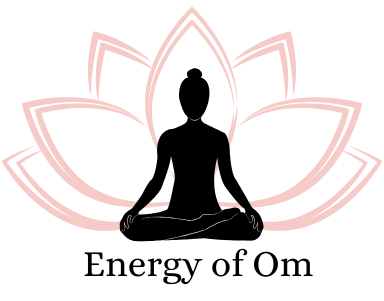Yoga for Inner Balance
In today’s fast-paced world, inner balance often feels like a distant goal. With constant distractions, stress, and emotional turbulence, many people feel disconnected from themselves. Yoga, an ancient practice that harmonizes the body, mind, and spirit, offers a pathway to restore this inner equilibrium.
What is Inner Balance?

Inner balance is the state of mental clarity, emotional stability, and physical calm. It means being centered — not overly reactive, anxious, or overwhelmed. In yoga, this balance is achieved through a combination of mindful movement (asana), conscious breathing (pranayama), and meditation (dhyana).
When practiced regularly, yoga helps regulate the nervous system, reduce stress hormones, and increase self-awareness. It encourages a deeper connection between the body and mind, allowing us to respond to life with calmness and clarity.
Key Elements of a Yoga Practice for Balance

A well-rounded yoga routine for inner balance includes:
Grounding Poses: Like Tree Pose and Mountain Pose, these poses promote stability and focus.
Balancing Poses: Challenge the body and mind to find stillness amidst movement.
Gentle Flows: Sequences like Cat-Cow and Sun Salutations warm the body and synchronize breath with motion.
Pranayama (Breathing Exercises): Techniques like Alternate Nostril Breathing (Nadi Shodhana) help balance the brain hemispheres and soothe anxiety.
Meditation and Relaxation: Practices like Savasana and mindfulness promote inner peace and emotional resilience.
Sample 30-Minute Yoga Sequence for Inner Balance
Begin with Centering (5 mins)
Sit in Sukhasana (Easy Pose), close your eyes, and observe your breath. Practice Nadi Shodhana (Alternate Nostril Breathing) for a few rounds to calm the mind.Warm-Up with Cat-Cow (2 mins)
On hands and knees, move through gentle Cat and Cow stretches to awaken the spine and synchronize breath and movement.Balance and Grounding (8 mins)
Move into Tree Pose (Vrikshasana) and Warrior II (Virabhadrasana II). These standing postures build strength, stability, and presence.Forward Fold and Release (3 mins)
Sit down and move into Paschimottanasana (Seated Forward Fold). Let go of tension and invite introspection.Restore with Legs-Up-the-Wall (5–10 mins)
Lie on your back with legs up against a wall. This restorative inversion calms the nervous system and promotes emotional healing.End with Savasana (5–10 mins)
Lie flat on your back, arms relaxed. Let go of all effort. You may use a short guided meditation or silently repeat a mantra like “I am calm, I am balanced.”
The Benefits
Mental Clarity: Reduces brain fog and enhances focus.
Emotional Stability: Supports emotional regulation and reduces reactivity.
Physical Harmony: Eases tension and restores energy flow.
Spiritual Connection: Encourages self-inquiry and deeper presence.
Final Thoughts
Yoga for inner balance is not just about movement — it’s about creating space within yourself to breathe, feel, and reconnect. Through regular practice, you’ll find that balance isn’t something to chase; it’s something you build from within.

